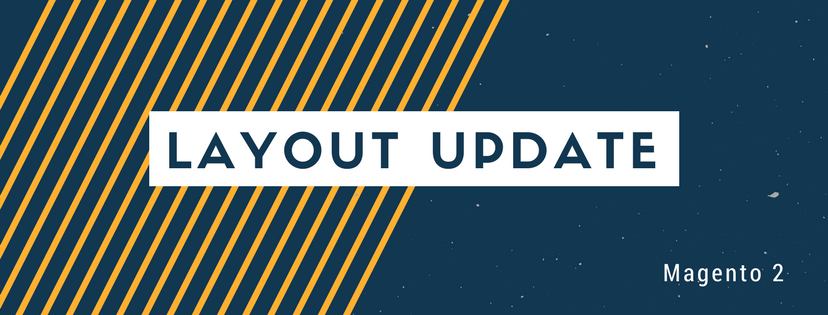When it comes to a website’s success, it is understandable that page layout holds an essential position. Choosing the most suitable layout for a retailing website is really a point of issue for its owners due to lack of knowledge about this field. After understanding clearly about each type of page layout offered by Magento 2, the next question is that “How can I customize my page layout?”. In this article, we will find out the answer for this.
First of all, it is important to distinguish between two definitions layout and layout update. On the one hand, layout refers to the arrangement of visual elements on a page, presented by a designer to their visitors, in this case potential clients. On the other hand, layout update refers to a specific set of XML instructions by which designers specify the overall structure of a page like the position of header, side columns, and footer, etc.. In short, layout is a front-end activities, while layout update means back-end performances.
XML means Extensible Markup Language, used to create information formats and electronically share structured data via the public Internet. By this, visitors are able to view different features on the websites. Designers are free to build similarities for all pages and specific content for each different page. Unlike HTML, XML focuses more on what the data really is instead of how it looks like.
Editing XML layouts is not very difficult. There are 2 main ways that are the most popular:
-
Controlling the layout update code
This method is extremely useful because you can specify layout updates from within the Magento admin system. Products, categories and CMS pages can all have their own XML layouts added in their respective design tabs. Some particular themes also contains special features such as remove blocks, unset blocks, and add blocks which are more easy to use.
-
Using Widget tool
A widget is a snippet of code that makes it possible to display a wide range of content and place it at specific block references in your store. The Widget tool makes it easy to place existing content such as static blocks with images and text, and interactive elements most anywhere in your store. Nevertheless, in order to make change in the sidebar of a specific page, you have to enter code as a layout update.
In conclusion, the Magento layout is written in such a way that we are familiar with it. Therefore, we can unobtrusively customize all the content without any worrying to install hard-to-use application or upgrade Magento version.

